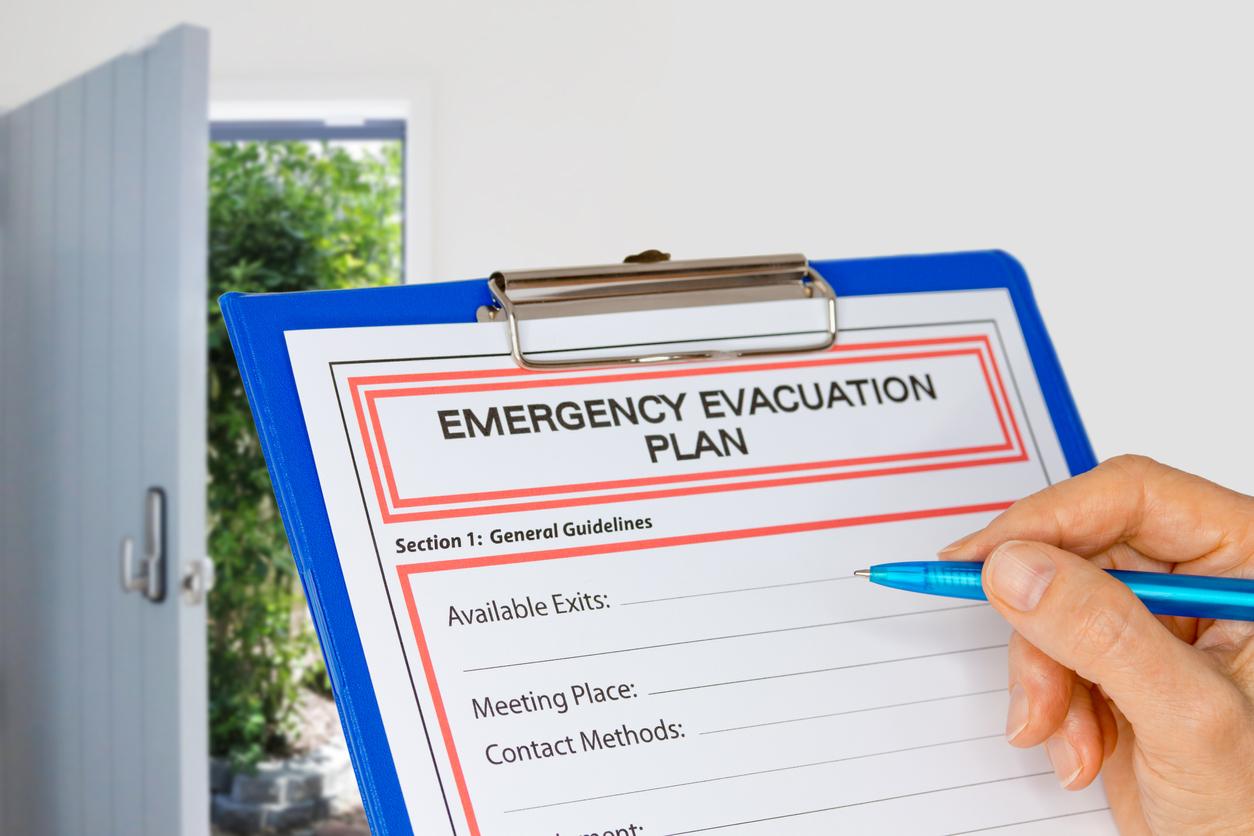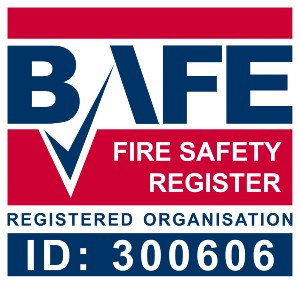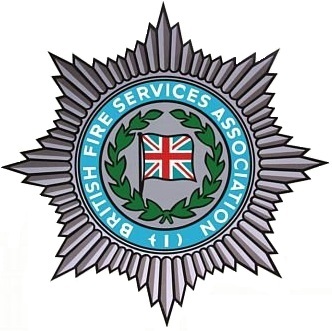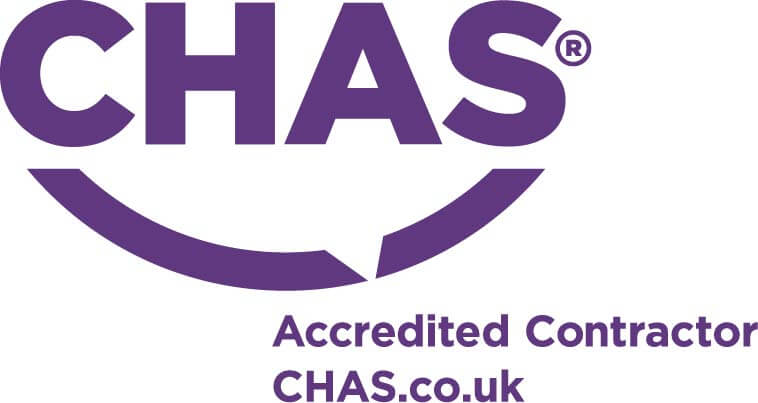How To Create a Fire Evacuation Plan
Having a strategy in place for when a fire breaks out in your building could save lives. A fire risk assessment should help you to maintain the right standards in your building and highlight hazards, but a fire evacuation plan is also crucial for any premises to protect lives.
As the responsible person for your building, it is your responsibility to ensure a plan is in place to facilitate safe evacuation from the building. Not sure what goes in a fire evacuation plan for your type of building? This month, we’re going to talk you through how to create a fire evacuation plan, including what one is and some special considerations to keep in mind.

What is a fire evacuation plan?
A fire emergency evacuation plan – sometimes referred to as a FEEP – outlines the actions which should be followed upon a fire being discovered and the alarm raised. This plan should be easy to understand and the designated fire wardens for your building should be familiar with the plan in order to put it into action immediately when required.
Depending on your building and the people occupying it, you will need to choose the right strategy. There are several strategies you might want to consider, including:
- A simultaneous evacuation where everyone exits the building
- Vertical phased evacuation where only floors at immediate risk are evacuated, delaying other floors until necessary to avoid a bottleneck in escape routes
- Staff alarm evacuations where staff are alerted first to allow for a phased plan to be actioned due to large numbers of people
- Defend in place (stay put) where there are at least 60 minutes of fire resistance within compartments to allow for fire and rescue services to attend and put out the fire
What should be included in a fire evacuation plan?
Your building will inform the kind of fire evacuation plan you opt for, but there are some key ingredients all plans will need to allow for the safe evacuation of people.
- Passageways for all escape routes — kept clear and free
- Clear signage for escape routes
- Emergency doors kept in good working order
- Adequate routes and exits for the number of people in the building
- Fire safety training for employees on the right exit to use
- A designated safe meeting point away from the building
Fire evacuation plans for…

Every industry and sector will have different requirements for a fire evacuation plan. Here are a few examples of how the purpose of the building and the people inside should be factored into the plans you put in place.
Schools
With potentially hundreds of pupils spread across numerous sites at any one time, fire drill training is vital. This allows all pupils to know how to safely exit the building and where the safe assembly point is. Your fire evacuation plan will also need to ensure there are enough safe routes for the number of students in that building at any one time. Those with disabilities or mobility issues should also be factored in (more on this later).
Hotels
Depending on the size of your hotel your procedures may differ. However, hotels have one thing in common: guests who are unfamiliar with the building. This means clear signage should be displayed in all areas of the building so that guests can follow the shortest, quickest route in the event of a fire.
Hospitals
Hospitals and care homes will need plans tailored to their building, taking into consideration whether there is compartmentalisation in place to protect vulnerable patients and residents who cannot be moved due to life support equipment. As with hotels, the identification of escape routes should be clear as most people will be unfamiliar with their surroundings.
Evaluate your plan for those with disabilities
Your fire evacuation plan should cater to all people within your building, including those with disabilities. This is laid out in the Equality Act 2010 which requires employers to protect against discrimination in the workplace, ensuring all people, including disabled people, can leave the building safely in the event of a fire.
There are a number of factors to consider, from mobility issues to hidden disabilities and hearing impairments. PEEPs, or personal emergency evacuation plans, may be needed to ensure you have planned for the evacuation of disabled people who may work in your building or use your facilities. For hospitals and care homes, this is clearly a huge consideration for fire evacuation plans.
Fire evacuation plans for your building
Here at City Fire Protection, we’re able to assist you in the creation of a fire evacuation plan tailored to your building. This would take into account various different factors such as what the building is used for and any special requirements, helping you to ensure you have the best possible plan to help evacuate people safely. Many people are unsure about where to start with a fire evacuation plan, and that’s where we come in!
We know how important it is to have the right training and equipment in place. That’s why we offer a variety of fire safety and training services, including emergency lighting for evacuation routes, fire exit signage and fire risk assessments to help you ensure you’re doing everything you can to protect lives in your building.
If you’d like more information about these services or if you’d like to arrange for fire warden training to ensure you have people qualified to lead an evacuation, simply contact us today. You can call our team or simply fill out our quick quote form with your details.










